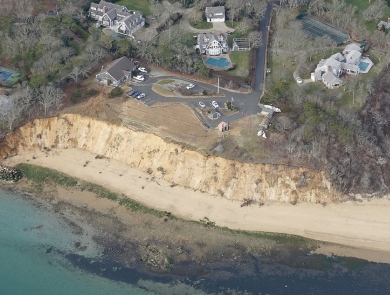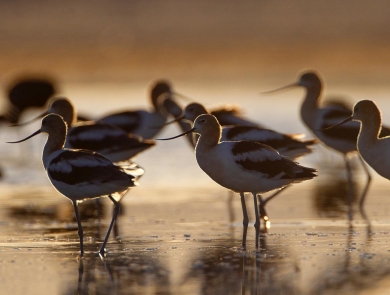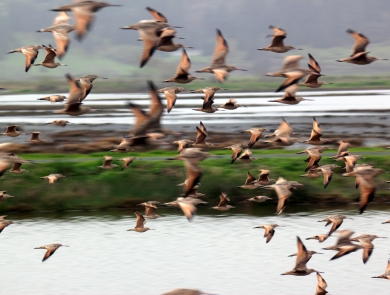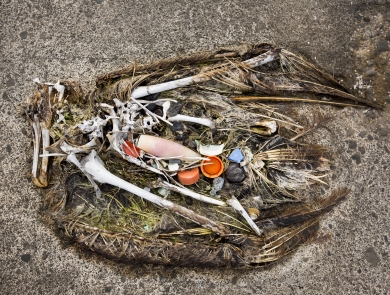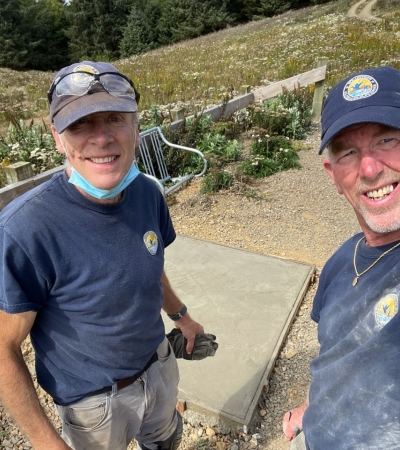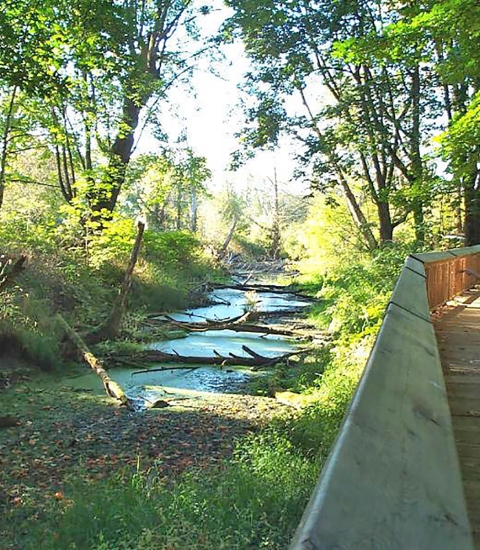Facility
Location
5437 West Jefferson Ave.
Trenton, MI 48183
United States
Volunteer Position Overview
About This Position
Using your own equipment, take photographs of native flora and fauna, special events, and of Refuge staff and partners working in the field. Close ups/Macro photos are preferred. Photographs will become property of the U.S. Fish and Wildlife Service and may be used in a variety of outreach materials and online. We ask volunteers to use their own camera equipment and to travel to open areas on the Refuge in their own vehicle/boat/feet on their own time.
Please be sure to stay on Refuge trails and only access areas that are open to the general public. At this point in time, only three of our Refuge units are open to self-guided exploration. The Gibraltar Bay Unit is located on Grosse Ile at 28820 East River Road. The Fix and Strong Units are located in Monroe County. Check out the Refuge website for directions.
In addition, we do offer a variety of Open Houses throughout the year at Humbug Marsh in Trenton. The public is allowed to visit the trails during these dates and you are welcome to attend and take photographs. In order to keep the integrity and quality of your photos, we ask that you deliver them to us through a free website called dropbox.com. You will need to set up a free account for yourself. Once you have your account, upload your labeled “Best of the Best” photos and invite us to view your folder.
Duties/Activities
Stories About Volunteering
Other Ways to Work with Us
Are you looking for something different than a volunteer opportunity? The Fish and Wildlife Service employs around 9,000 people nationwide and offers great internship opportunities every year.
